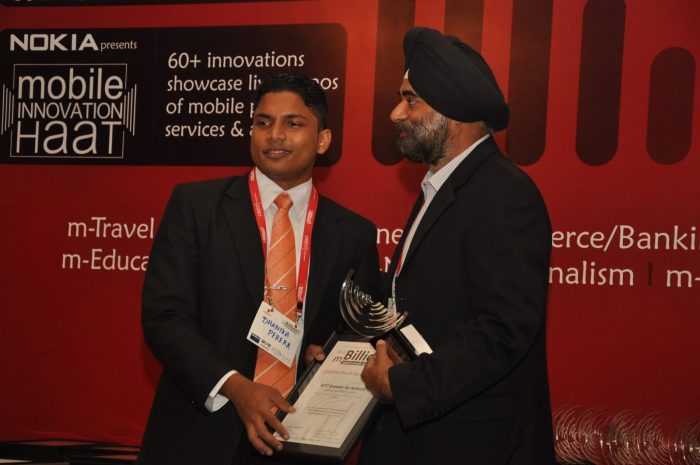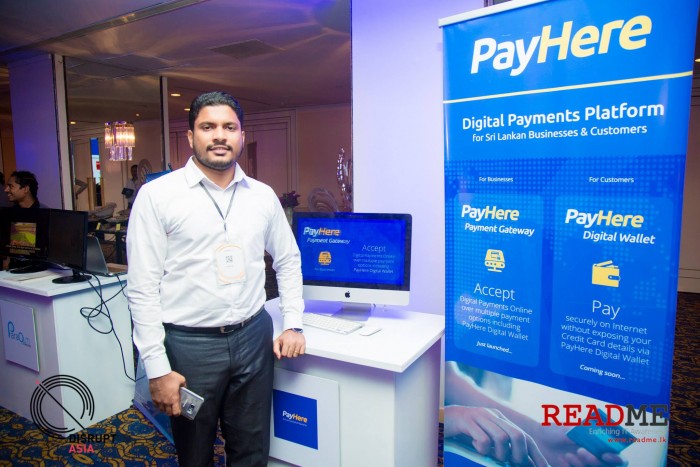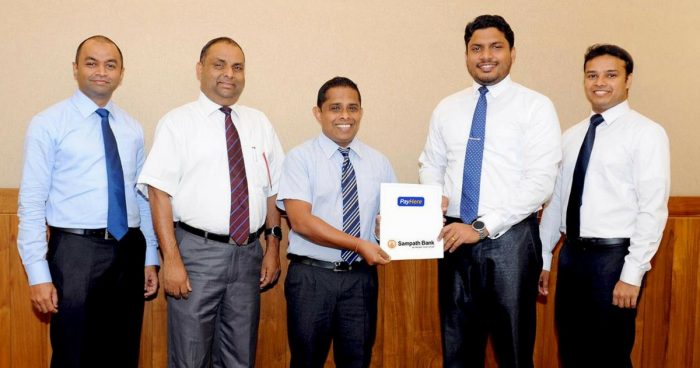When Dhanika Perera made his first steps towards entrepreneurship, little did he know he would end up producing an award-winning product, one with over 4 million Sri Lankan users. What started off as a university project became a reputed technology company that gave birth to products like Helakuru. But how did it all come to this? We decided to take a peek at the man’s journey.
In the beginning
Dhanika had always been one for localization. Back during his school days, he created a Sinhala software called මානවයා (maanawaya) as his A/L project. This passion for localization carried on to his university life as well when he made the SETT Browser.
Originally, SETT Browser was meant to be a university project. In 2011, Dhanika took part in a startup incubator called AITI (now MIT-GSL). The program offered a glimpse into the world of startups and entrepreneurship. Then came the mBillionth South Asian Awards. SETT Browser won the mBillionth South Asian Award for 2011. It was here that Dhanika met his first customer, Etisalat. The telco had also won the same award, but in a different category. Before long, Bhasha was incorporated as a company. SETT Browser ended up becoming the first product under the Bhasha name.

Although Dhanika found success in his initial stages itself, that is not to say he hasn’t battled through challenges. Even when SETT Browser was released as a commercial product, Dhanika mentions how he never even owned an Android device back then. At the time all product testing was actually done in a simulator.
Gathering the followers
One might think getting a good user base for an Android app might be a difficult task. But that wasn’t the case for Dhanika. His personal blog from back in the day already had its own follower base. Plus, products like the SETT Browser met an existing demand in the mass market. So getting people to download the products was never much of a challenge.

But it still didn’t solve everything for those who wanted to converse in sinhala in the digital space. Sure, the browser allowed users to view content in sinhala. But sharing your thoughts, commenting in sinhala was not possible at the time. Then came Helakuru in 2012.
Turning passion into profit
Once Helakuru came into the picture, monetization proved to be quite a challenge. The usual advertising strategies never really worked out. Another approach was to introduce premium features, in the hopes of people paying for these features. So the Bhasha team introduced sinhala word prediction, something that’s particularly challenging considering the complexity of our local language.
Unfortunately, this wasn’t enough to convince people to pay. Commenting on the failure Dhanika says, “very less number of people were willing to buy that as a technical feature. We had to do consistent experiments to find the right business model.”
If you have an idea, that idea doesn’t have any value until you execute it.
Fast forward to 2017, the team finally cracked the code. It turns out users were willing to pay for customization. These customizations came in the form of themes and UI. Today Helakuru packs a number of features, including sinhala voice typing as well. So far, it has over 200,000 premium subscribers for these features.

Beyond their own products, Bhasha also provides their expertise in the mobile app space to several national entities as well. These include the Parliament of Sri Lanka, Rupavahini Corporation, Sampath Bank, and the likes. Dhanika mentions that this enables his company to be financially sustainable, which in turn allows them to reinvest efforts on their own products.
Solving the digital payment problem
Accepting payments online is a very cumbersome process in Sri Lanka. For a long time, we’ve waited for international players like PayPal and Stripe to make their entries. Unfortunately, this never happened. “As an entrepreneur and an aggressive executor, I thought why can’t we come up with a local solution?”, comments Dhanika. Thus PayHere was born.

The initial stages saw over 300 pre-registrations for the service. So there was quite a bit of traction. But even in such a scenario, PayHere posed a whole new set of challenges. Dhanika notes that even though the online payment problem can be resolved technologically, regulations were always an issue. One such issue was fund reimbursements. Due to this very reason, PayHere hit a snag halfway through their journey.
Fortunately, Dhanika and his team found a workaround for the problem. Bhasha would join hands with Sampath Bank, where the bank would handle the fund reimbursements on behalf of PayHere. Meanwhile, PayHere would take care of the technological side of things. But still, regulatory approval was needed. Systems had to be changed to be compliant with regulations. The whole process took about a year until it was finally relaunched in March 2018. So far, it has gotten about 500 merchants on board.
What it means to be an entrepreneur
From a university project to a renowned digital technology company, Dhanika’s entrepreneurial journey has come quite a long way. For Dhanika, being a successful entrepreneur comes down to three things. It’s all about passion, persistence, and perseverance.

Now, one might think that someone like Dhanika would have always wanted to be an entrepreneur. But according to him, that was never the case. His passion for localization is what drove him to be the entrepreneur he is today. But of course, it was never a one-man journey.
Talking about his team, Dhanika notes that he doesn’t consider the size of a team by the mere headcount. For him, it makes more sense to measure from the work that the team does. He also stated how Bhasha emphasizes an open and family-oriented culture, which enables the entire team to operate so well.
Even the most junior employees call me Dhanika aiya. There are no sir’s and bosses here.
Carving entrepreneurs from a young age
Dhanika also highlighted the importance of encouraging entrepreneurship at the school level. Why? Because doing so at the university level may be too late. The students’ mindset is already made up by this time. An Rs. 100,000 job would probably make more sense than starting a business.
But imagine if entrepreneurship is inculcated within the schools themselves. The situation would probably be vastly different. Perhaps then Sri Lanka would have more Dhanikas.






GIPHY App Key not set. Please check settings